Overview
Map
Other Details
دير مار موسى الحبشيّ
Balloune
Keserwan
Mount Lebanon
دير مار موسى الحبشيّ - بلّونهأواسط القرن السادس عشر بنى مشايخ آل الخازن دارًا واسعة في بلوّنه. في هذه الدّار أخفت الستّ نسب التنّوخيّة الأميرين فخر الدّين ويونس معن، عن أعين الدّولة العثمانيّة بعد موت والدهما قرقماز، تحت وصاية الشيخ أبا صقر إبراهيم الخازن، من سنة ١٥٨٤ إلى سنة ١٥٩٠.في ١٤ كانون الأوّل ١٧٨٥ أوقف الشيّخ عبد السلام بن عبد الملك الدّار وكنيسة مار موسى بداخله، ليصبح ديرًا وأثبت هذه الوصيّة البطريرك يوسف أسطفان.تولى رئاسة الدّير المطران يوسف اسطفان الأوّل أسطفان سنة ١٧٨٦، سافر الى روما بالسنة ذاتها، حيث قابل البابا بيوس السادس الذي أنعم بغفرانٍ كاملٍ لكلّ من يقدّس على مذبح الدير بموجب براءة بتاريخ ١٧٨٨.الجدير بالذكر أنّ الكنيسة هي مثال نادر على حفاظها على حالتها الأولى، من الزخارف والمذبح والشعريّة وبيض النعام فوق المقدس.The Monastery of St Moses the Abyssinian - BallounehDuring the mid XVIth century, the lords of the feudal Khazen house built an estate in Ballouneh. In this house Lady Nasab Tannoukh hid her two sons Fakher Ed Dyn and Youness Maan after the assassination of their father. The princes where under the custody of Sheikh Aba Sakr Ibrahim El Khazen from 1584 till 1590.On the 14th of December 1785, Sheikh Abdul Salam Bin Abul Malik el Khazen converted the estate and the chapel inside it, into a monastery by a decree of Patriarch Youssef Estephan.In 1786 Bishop Youssef Estfan I el Khazen was appointed superior of the monastery. He traveled to Rome and met the Pope Pius VI who gave a plenary indulgence to all who celebrate mass on the monastery’s altar in 1788.What is worth mentioning is that the church is a rare example of intact XVIth century church architecture, conserving original elements.
Visited 2245 times, 1 Visit today



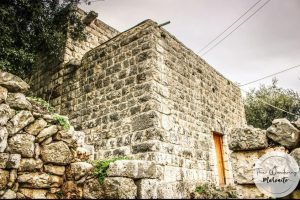
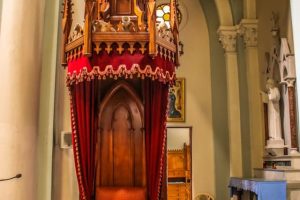
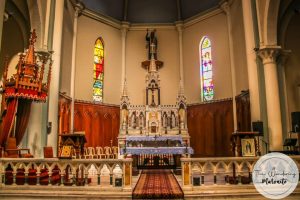
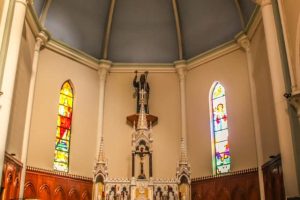
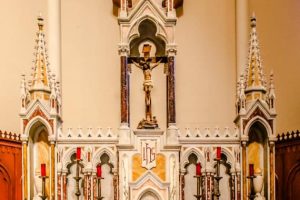
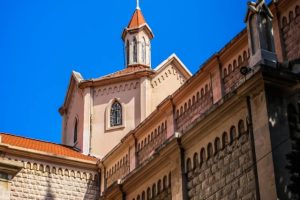
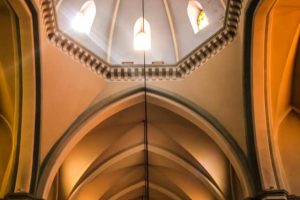
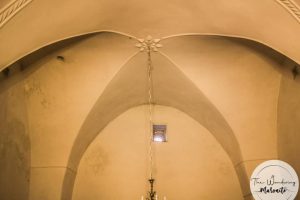
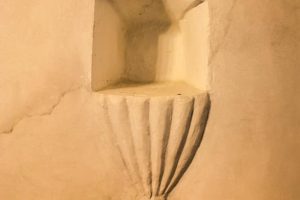
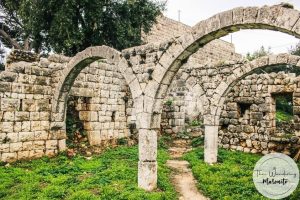
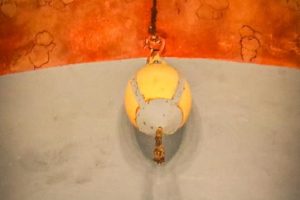
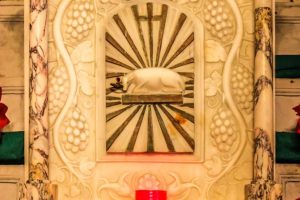
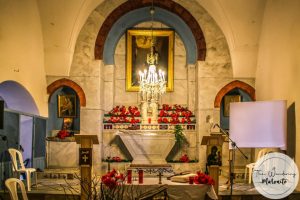
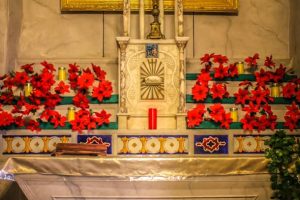














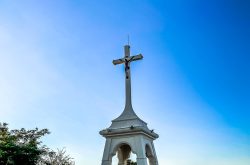
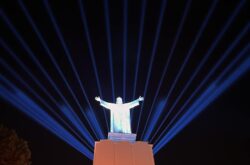
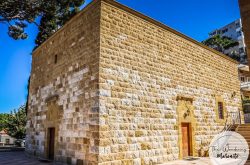
Reviews are disabled, but trackbacks and pingbacks are open.